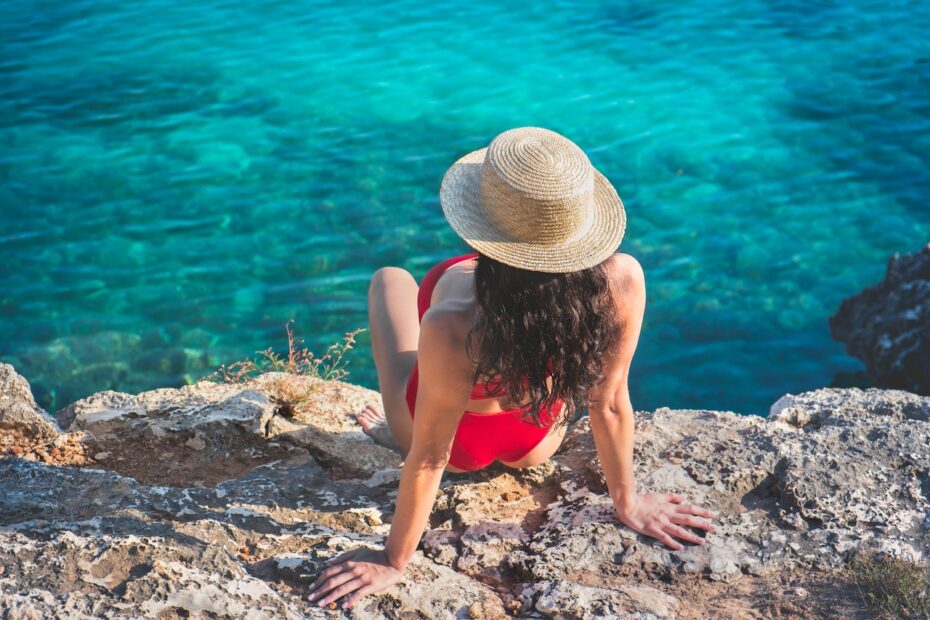2023 Too Cold? Holiday on Mallorca to Waft Away your Woes
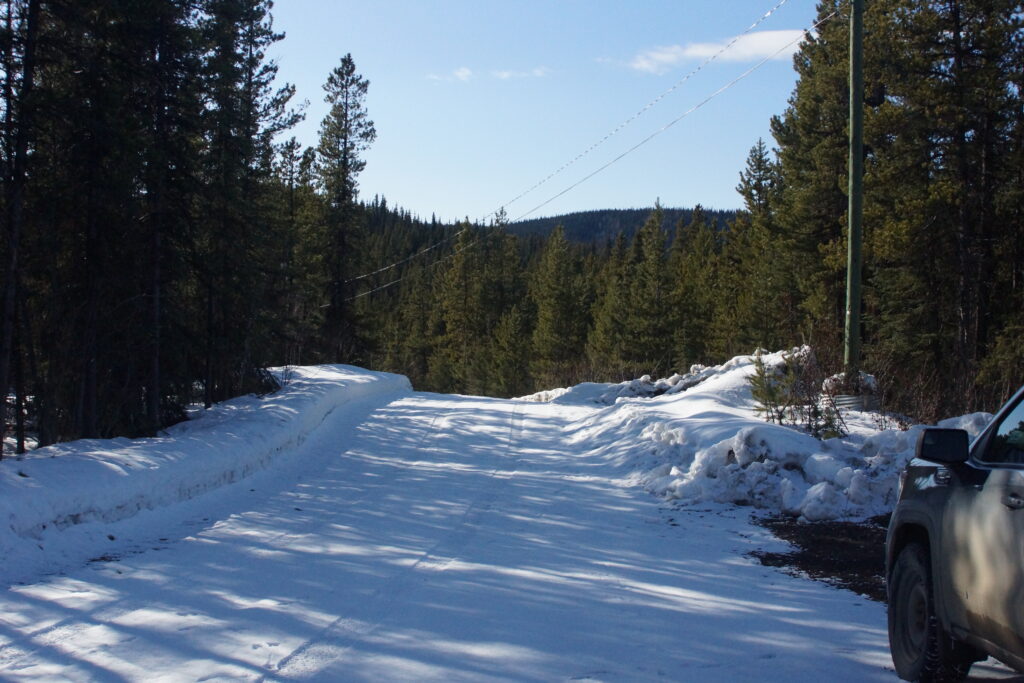
Is spring of 2023 too cold for your liking? A Holiday on Mallorca might be the perfect antidote!
With its typically wonderful Mediterranean climate, Mallorca is a very popular vacation spot, especially for visitors from Europe. But with its convenient modern international airport to efficiently handle the traffic, it’s also easy to visit. Palma Airport is state-of-the-art and the located right next to Mallorca’s capital city, Palma, which is also the capital of the autonomous community of the Balearic Islands. Nearly 30 million passengers used Palma Airport in 2017.
Palma Airport is also known as Palma de Mallorca Airport. It is the third largest and one of the busiest airports in all of Spain.
The island of Mallorca
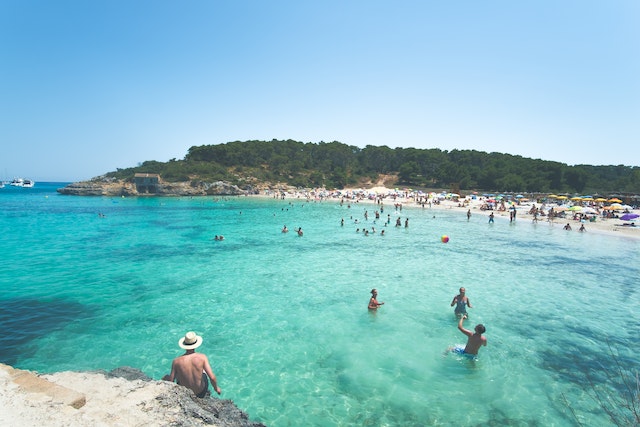
Mallorca, also spelled Majorca, it the largest of the Balearic Islands, which are part of Spain. Located to the east of mainland Spain, Mallorca is the seventh largest island in the Mediterranean Sea.
The name, Mallorca, comes from the latin, insula maior, meaning, “larger island.” This eventually became Maiorca, which over time became Mallorca. Yes, there is the smaller island in the group, too, appropriately named, Menorca, “the smaller one.”
Mallorca is about 320km due east of Valencia, on the east coast of mainland Spain. Several ferries run from the mainland that offer vehicle and passenger service. The trip takes between 9 and 10 hours. Mediterranean cruise, anyone?
A lovely Mediterranean Climate
One of the things that makes a holiday on Mallorca a very attractive idea for Europeans and world travellers from North America as well is the lovely Mediterranean climate.
Summers are hot, bright, and dry, while winters tend to be a little wetter and very mild. Winters are a lovely time to visit for those used to a more northern climate. The heat will not overwhelm and with the extra moisture that comes during the Mediterranean winter, everything is green and bright. While wetter than summer, winters are still considerably drier than the summer months in most European locations.
The Mountains of Mallorca
The mountains of Mallorca are the Serra de Tramuntana and Serres de LLevant.
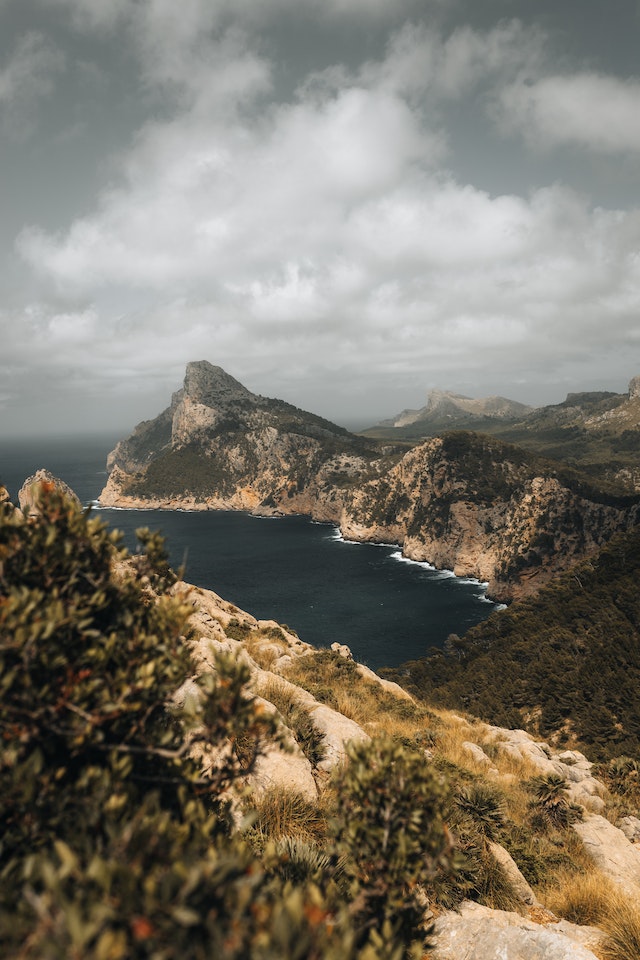
The Serra de Tramuntana were designated a World Heritage Site by UNESCO in 2011 for their cultural and physical importance. It is now preserved as an important nature reserve, significant for its geology and forest cover. It is home to a wide range of plant and animal species, now safely protected from the rapid growth of the ever-expanding cities.
UNESCO’s preamble for the range states:
“The Cultural Landscape of the Serra de Tramuntana located on a sheer-sided mountain range parallel to the north-western coast of the island of Mallorca. Millennia of agriculture in an environment with scarce resources has transformed the terrain and displays an articulated network of devices for the management of water revolving around farming units of feudal origins. The landscape is marked by agricultural terraces and inter-connected water works – including water mills – as well as dry stone constructions and farms.”
Rainfall is typically higher throughout the year in the mountains compared to the hot, dry summers of the plains. It even snows from time to time in winter at higher elevations, such as Puig Major, the highest peak in the range at 1,436 m.
Due to its location within a military zone, Puig Major’s neighbouring peak, Puig de Massanella with an elevation of 1,364 m is the highest accessible summit on Mallorca.
Historic and Cultural Richness
The history and culture of Mallorca goes back several millennia into the ancient and prehistoric past. The first known human colonization of the Balearic Islands dates back to somewhere around 2500 to 23oo BC, when people arrived either from the Iberian Peninsula or southern France.
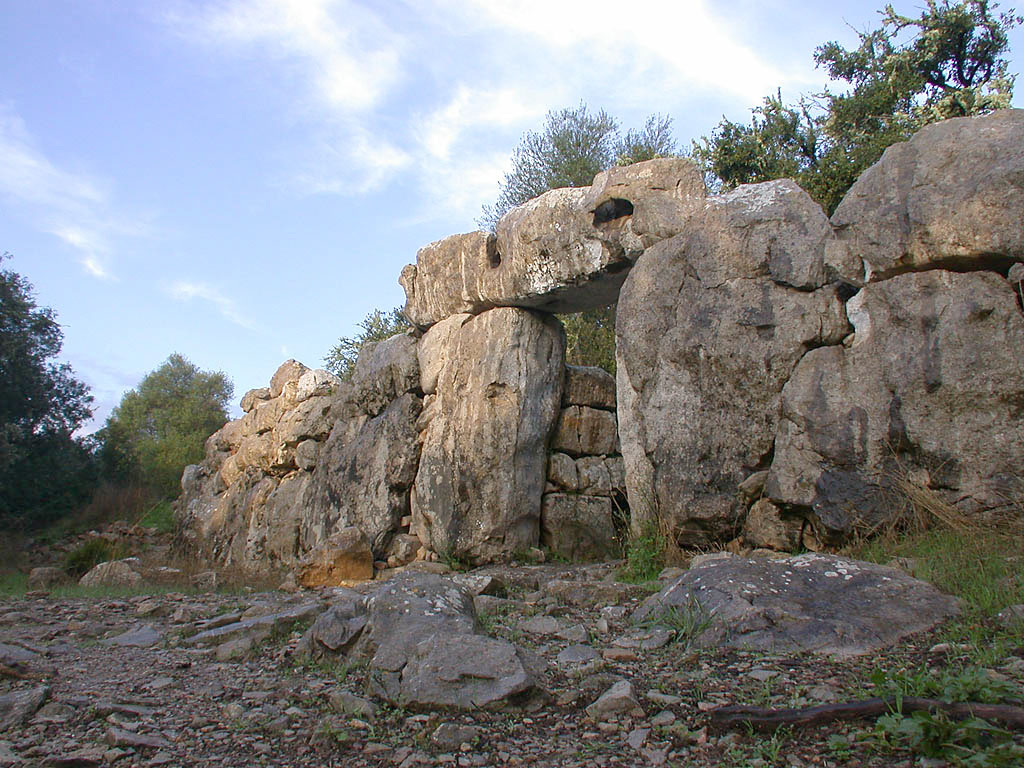
These somewhat mysterious people set up massive stone megaliths during the bronze age, some of which exist to this day. Visitors can visit an amazing number of these ancient sites and marvel at how they were even possible throughout Mallorca and other Balearic islands.
Around the 8th century, the seafaring Phoenicians began colonizing the region, followed by the Romans in 123 BC, after their successful campaign against Carthage and the Phoenicians.
The Vandals wrested control from the Romans for several decades in 427. Roman rule was restored near then end of the century. During the Roman rule, numerous Catholic churches and other monuments were built, many of which can still be visited.
The Islamic Influence
Beginning around 700, Muslim raiders increasingly invaded Mallorca and in 902, Issam al-Khawlani conquered the islands and made them part of the Emirate of Cordoba. Muslim rule and influence continued under various rulers, in spite of attempts by European invaders until 1230, after James I of Aragon successfully conquered the Almohad dynasty.
Under Islamic rule, many changes and improvements were made to the agriculture of the region. The Muslims also left behind some fine examples of their distinct and beautiful architecture for visitors to enjoy even today, such as the Arab Baths in Palma de Mallorca.
Medieval Mallorca
Mallorca continued under the dynastic rule of Aragon and Castile for more than 500 years. The constant need to defend themselves against attacks from Barbary pirates or corsairs resulted in the construction of many watchtowers and fortified churches along the coasts.
The wealth of medieval architecture that exists on Mallorca to this day is a photographer’s dream.
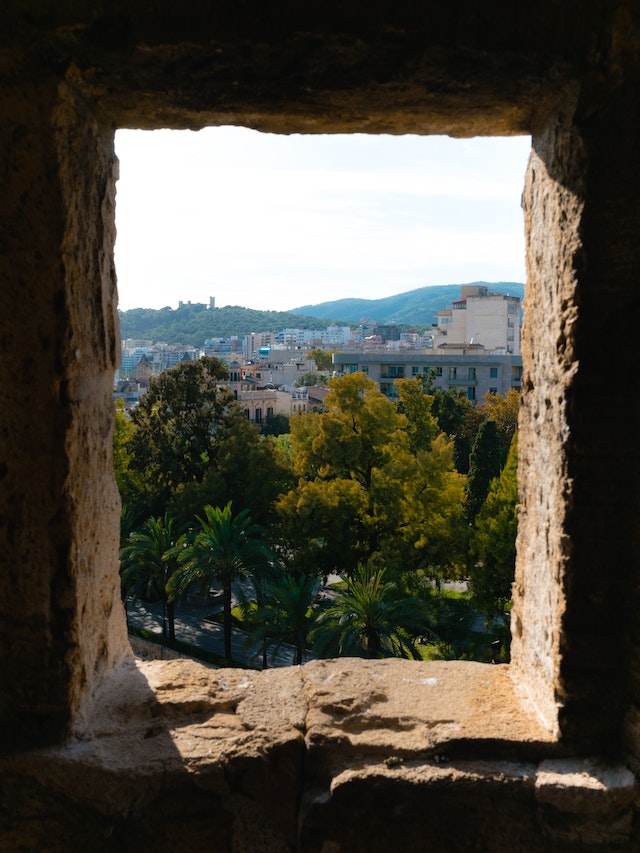
While there continued to be invasions and wars over who ruled Mallorca and the rest of the Balearic Islands right up into the 20th century, the Catholic influence and its architecture continued to dominate.
Modern Mallorca
The early 20th century brought a great deal of turbulence to Mallorca. But such was common throughout Europe and North Africa for much of the first half of the century.
However, Mallorca experienced increasing peace and stability earlier than many other regions, and by the 1950s, was become a mecca for tourists from Europe and all over the world.
Today, Mallorca is experiencing significant growth with the building of world class accommodations for visitors with fantastic employment opportunities for service workers from the Spanish mainland and elsewhere. Mallorca and its largest city, Palma, offer something for everyone.
From glorious beachfront resorts, to exciting nightclubs, stunning landscapes, awe-inspiring architecture, and fantastic food everywhere, there really is something for everyone.
Getting there
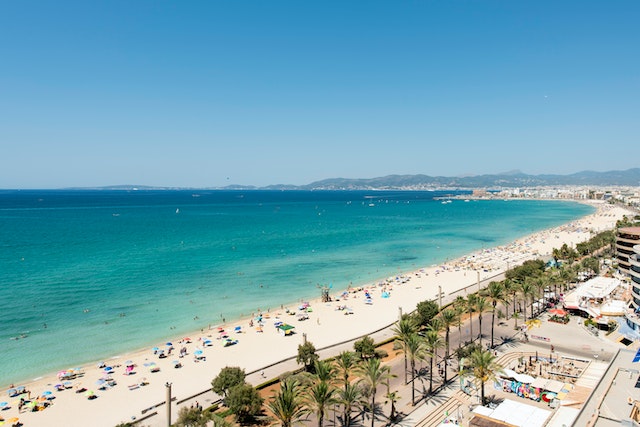
If you’re taking a tour of the Iberian Peninsula by land, you can easily take your car across to Mallorca via a ferry from Valencia.
But if you would rather leave behind ALL the hassles of traffic and driving to truly experience a relaxing holiday on Mallorca, the flying into Palma Airport, one of the finest international airports in Spain and indeed in all the world is the way to pamper yourself.
And with a VIP lounge, Duty Free shop, and a wide variety of restaurants, cafes, and bars to choose from, any time spent waiting for a flight is going to be pleasant, too!
